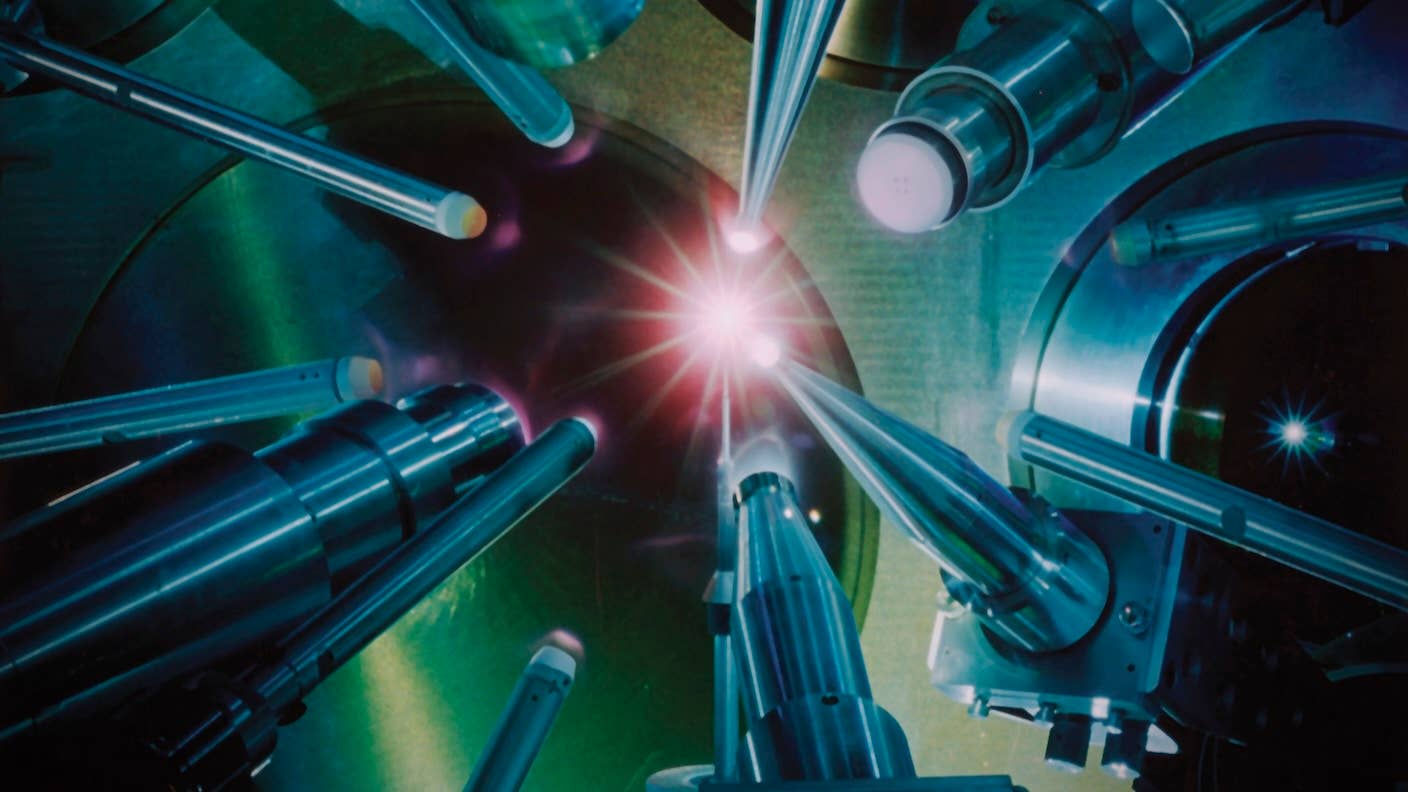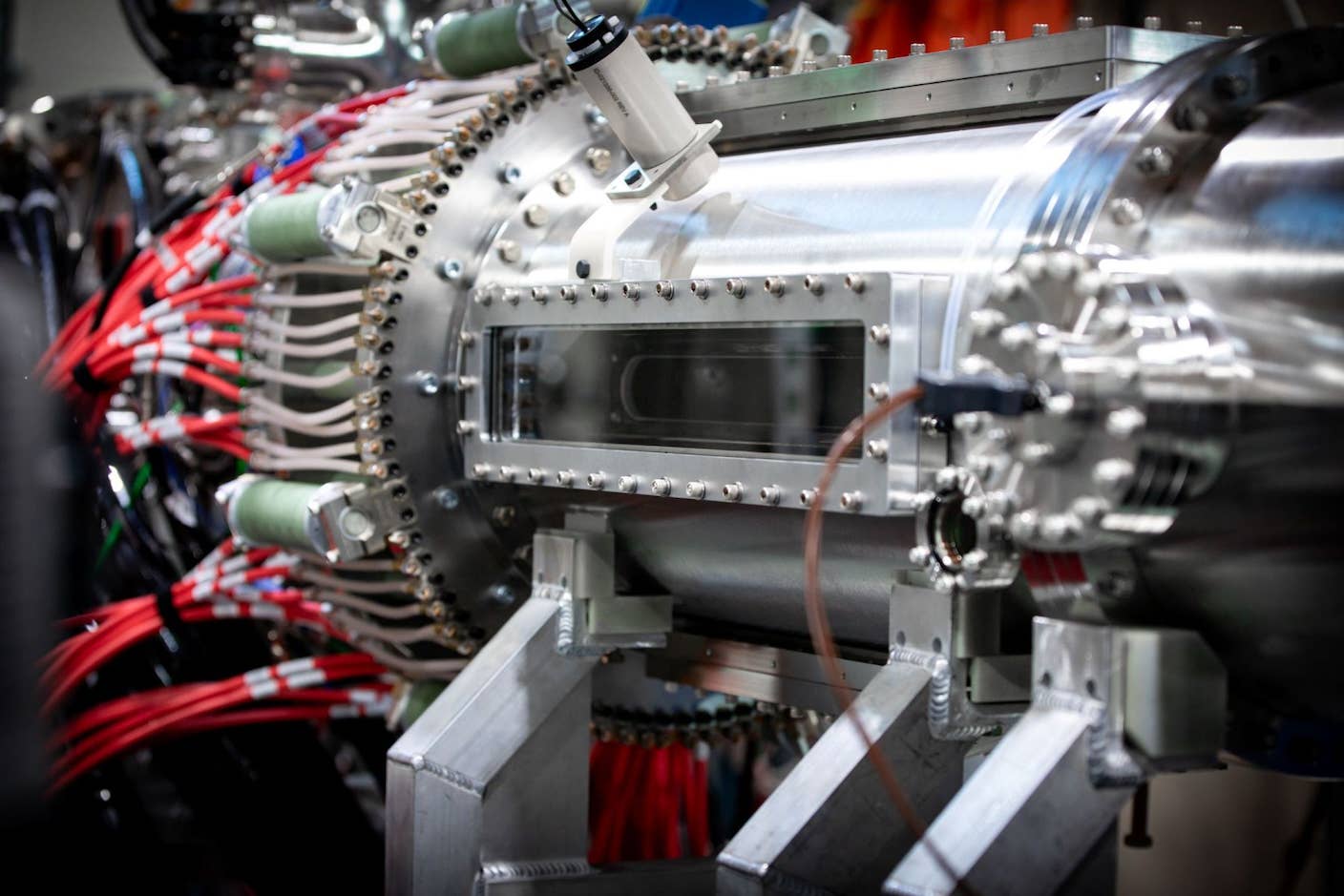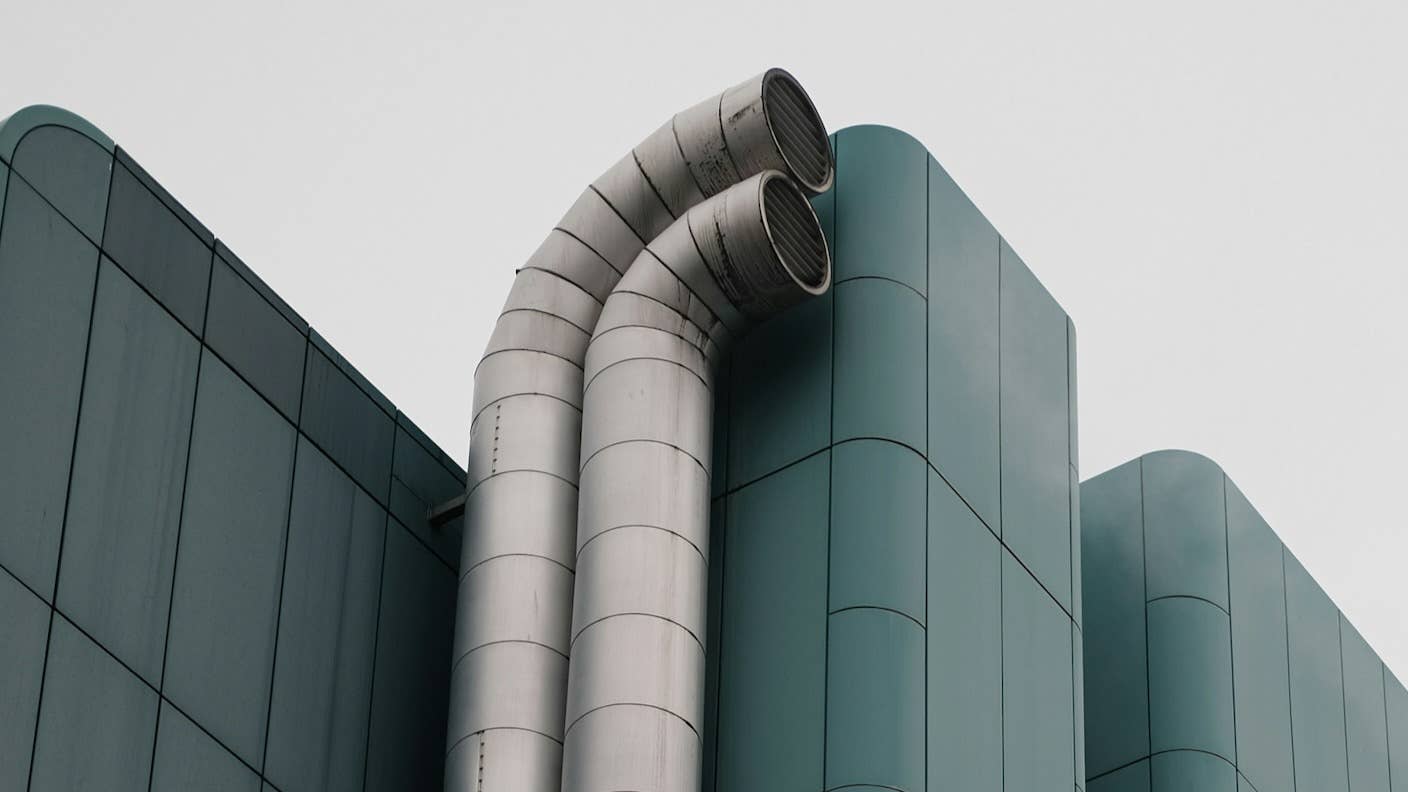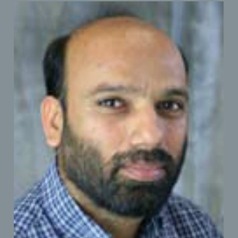Here’s What It Will Take to Ignite Scalable Fusion Power
There's a growing sense that developing practical fusion energy is no longer an if but a when.

Image Credit
Lawrence Livermore National Laboratory
Share
The way scientists think about fusion changed forever in 2022, when what some called the experiment of the century demonstrated for the first time that fusion can be a viable source of clean energy.
The experiment, at Lawrence Livermore National Laboratory, showed ignition: a fusion reaction generating more energy out than was put in.
In addition, the past few years have been marked by a multibillion-dollar windfall of private investment in the field, principally in the United States.
But a whole host of engineering challenges must be addressed before fusion can be scaled up to become a safe, affordable source of virtually unlimited clean power. In other words, it’s engineering time.
As engineers who have been working on fundamental science and applied engineering in nuclear fusion for decades, we’ve seen much of the science and physics of fusion reach maturity in the past 10 years.
But to make fusion a feasible source of commercial power, engineers now have to tackle a host of practical challenges. Whether the United States steps up to this opportunity and emerges as the global leader in fusion energy will depend, in part, on how much the nation is willing to invest in solving these practical problems—particularly through public-private partnerships.
Building a Fusion Reactor
Fusion occurs when two types of hydrogen atoms, deuterium and tritium, collide in extreme conditions. The two atoms literally fuse into one atom by heating up to 180 million degrees Fahrenheit (100 million degrees Celsius), 10 times hotter than the core of the Sun. To make these reactions happen, fusion energy infrastructure will need to endure these extreme conditions.
There are two approaches to achieving fusion in the lab: inertial confinement fusion, which uses powerful lasers, and magnetic confinement fusion, which uses powerful magnets.
While the “experiment of the century” used inertial confinement fusion, magnetic confinement fusion has yet to demonstrate that it can break even in energy generation.
Several privately funded experiments aim to achieve this feat later this decade, and a large, internationally supported experiment in France, ITER, also hopes to break even by the late 2030s. Both are using magnetic confinement fusion.
Challenges Lying Ahead
Both approaches to fusion share a range of challenges that won’t be cheap to overcome. For example, researchers need to develop new materials that can withstand extreme temperatures and irradiation conditions.
Fusion reactor materials also become radioactive as they are bombarded with highly energetic particles. Researchers need to design new materials that can decay within a few years to levels of radioactivity that can be disposed of safely and more easily.
Producing enough fuel, and doing it sustainably, is also an important challenge. Deuterium is abundant and can be extracted from ordinary water. But ramping up the production of tritium, which is usually produced from lithium, will prove far more difficult. A single fusion reactor will need hundreds of grams to one kilogram (2.2 pounds) of tritium a day to operate.
Right now, conventional nuclear reactors produce tritium as a byproduct of fission, but these cannot provide enough to sustain a fleet of fusion reactors.
So, engineers will need to develop the ability to produce tritium within the fusion device itself. This might entail surrounding the fusion reactor with lithium-containing material, which the reaction will convert into tritium.
To scale up inertial fusion, engineers will need to develop lasers capable of repeatedly hitting a fusion fuel target, made of frozen deuterium and tritium, several times per second or so. But no laser is powerful enough to do this at that rate—yet. Engineers will also need to develop control systems and algorithms that direct these lasers with extreme precision on the target.
Be Part of the Future
Sign up to receive top stories about groundbreaking technologies and visionary thinkers from SingularityHub.



A laser setup that Farhat Beg’s research group plans to use to repeatedly hit a fusion fuel target. The goal of the experiments is to better control the target’s placement and tracking. The lighting is red from colored gels used to take the picture. David Baillot/University of California San Diego
Additionally, engineers will need to scale up production of targets by orders of magnitude: from a few hundreds handmade every year with a price tag of hundreds of thousands of dollars each to millions costing only a few dollars each.
For magnetic containment, engineers and materials scientists will need to develop more effective methods to heat and control the plasma and more heat- and radiation-resistant materials for reactor walls. The technology used to heat and confine the plasma until the atoms fuse needs to operate reliably for years.
These are some of the big challenges. They are tough but not insurmountable.
Current Funding Landscape
Investments from private companies globally have increased—these will likely continue to be an important factor driving fusion research forward. Private companies have attracted over $7 billion in private investment in the past five years.
Several startups are developing different technologies and reactor designs with the aim of adding fusion to the power grid in coming decades. Most are based in the United States, with some in Europe and Asia.
While private sector investments have grown, the US government continues to play a key role in the development of fusion technology up to this point. We expect it to continue to do so in the future.
It was the US Department of Energy that invested about $3 billion to build the National Ignition Facility at the Lawrence Livermore National Laboratory in the mid 2000s, where the “experiment of the century” took place 12 years later.
In 2023, the Department of Energy announced a 4-year, $42 million program to develop fusion hubs for the technology. While this funding is important, it likely will not be enough to solve the most important challenges that remain for the United States to emerge as a global leader in practical fusion energy.
One way to build partnerships between the government and private companies in this space could be to create relationships similar to that between NASA and SpaceX. As one of NASA’s commercial partners, SpaceX receives both government and private funding to develop technology that NASA can use. It was the first private company to send astronauts to space and the International Space Station.
Along with many other researchers, we are cautiously optimistic. New experimental and theoretical results, new tools and private sector investment are all adding to our growing sense that developing practical fusion energy is no longer an if but a when.
This article is republished from The Conversation under a Creative Commons license. Read the original article.
Farhat Beg, is a professor of mechanical and aerospace engineering at the University of California, San Diego and co-director of the newly established Fusion Engineering Institute. He is actively involved in the field of high-energy-density plasmas and inertial fusion energy. He has published over 300 papers in refereed journals and has won several awards, including IEEE's 2021 Plasma Science and Applications Committee (PSAC) Award for his outstanding contributions on both laser- and Z-pinch-driven plasma physics including energetic particle production, ultra-high magnetic field generation, and formation of well-diagnosed high energy density plasmas.
George R. Tynan is a professor of mechanical and aerospace engineering at the University of California, San Diego. He received his PhD in 1991 from the Department of Mechanical, Aerospace, and Nuclear Engineering at the University of California, Los Angeles. He then spent several years studying the effect of sheared flows on plasma turbulence on experiments located in the Federal Republic of Germany and at Princeton Plasma Physics Laboratory. He then worked in industry developing plasma sources for use in investigating the creation of nanometer scale semiconductor circuits and joined the UCSD faculty in 1999. He has published extensively on turbulent transport in magnetically confined fusion plasmas, plasma-material interactions, and basic plasma physics.
Related Articles

Startup Zap Energy Just Set a Fusion Power Record With Its Latest Reactor

Scientists Say New Air Filter Transforms Any Building Into a Carbon-Capture Machine

Investors Have Poured Nearly $10 Billion Into Fusion Power. Will Their Bet Pay Off?
What we’re reading

